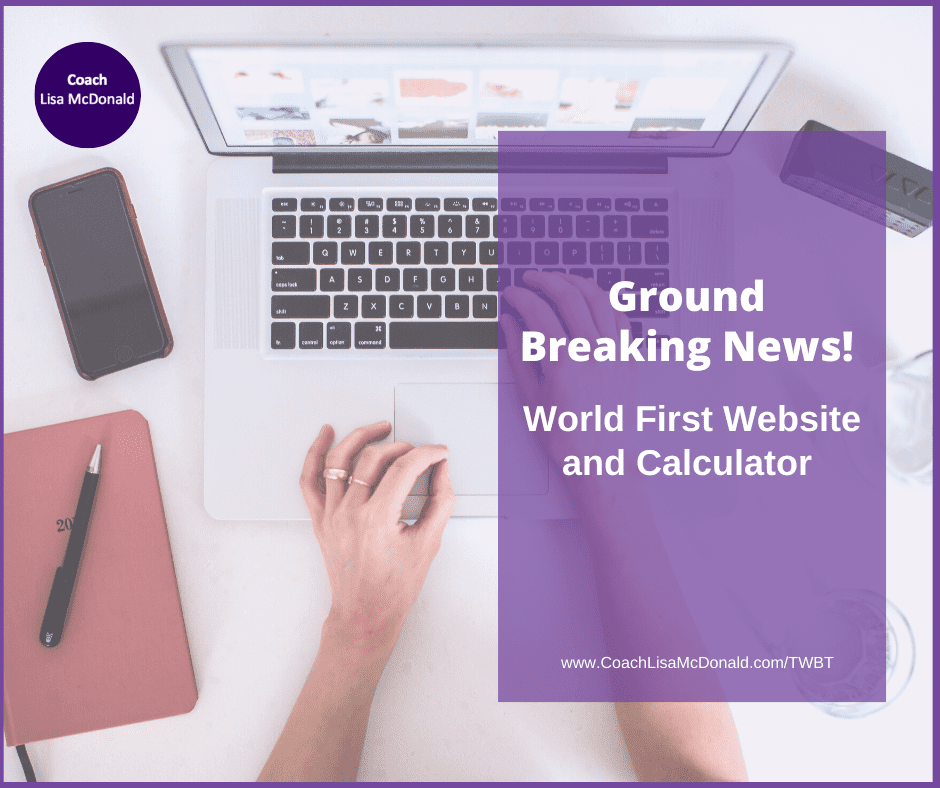
World First
In 1978 a world first occurred when the first child conceived via In-Vitro Fertilisation (IVF) technology was born. At the time, I was just a young girl. I could never have imagined that I would use IVF. Even in my 40s when IVF was much more commonplace, I always thought I would give up before that would happen. However, after a miscarriage at 45, the door opened a crack.
Using IVF is now mainstream, assisting vast numbers of women to become pregnant. Most commonly it addresses fertility issues, whether that be female or male-factors or both. It’s also commonly used by Solo women and those in same-sex relationships.
There are now plenty of medical providers of IVF to choose from. But how do you figure out what your chances are for conceiving through IVF? How do you assess providers and their IVF success rates? It has been difficult to compare providers’ results because they don’t all measure and report in the same way.
Ground Breaking IVF Success Website!
“Your IVF Success” website, is groundbreaking! This resource, launched last week, was a response to growing calls for greater transparency in the sector. Funded by Australian Federal government, It allows prospective parents to:
- increase their understanding of IVF
- better predict their own chance of having a baby,
- more easily compare the success rates of Australian IVF clinics.
The website uses carefully chosen measures, to minimise the likelihood of clinics gaming the system. For instance, it controls for where clinics transfer multiple embryos in one cycle – which carries significant health risks for mothers and babies – or where they are selecting younger, uncomplicated patients to boost their live birth rate.
World First Predictor Tool
The Your IVF Success’ website’s world first predictor tool works like a calculator, allowing users to enter their age, the age of their partner, their infertility diagnosis, whether they have previously had children, and any previous IVF treatment to offer an estimate of their chances of success.
Caution
Professor Luk Rombauts, Medical Director Monash IVF Group said, “the data should be interpreted with caution. For instance, some clinics may specialise in second referrals for complex or older patients. “You don’t want clinics to stop treating certain women just to protect their success rates,” he said.
Professor Rombauts also says:
“the website is not designed to replace the expertise of doctors. … would-be parents should consult with a fertility specialist to better understand their unique circumstances, as well as other considerations including the cost of treatment and potential complications.”
Such a website is ground-breaking and could be a “game-changer” for many women contemplating IVF assistance – perhaps even for you or a loved one.
If you’ve been struggling with the whole baby or no baby question and want to start tacking the issues Click Here for more free resources.
Keep happy, healthy and safe.
With warm regards
Lisa





